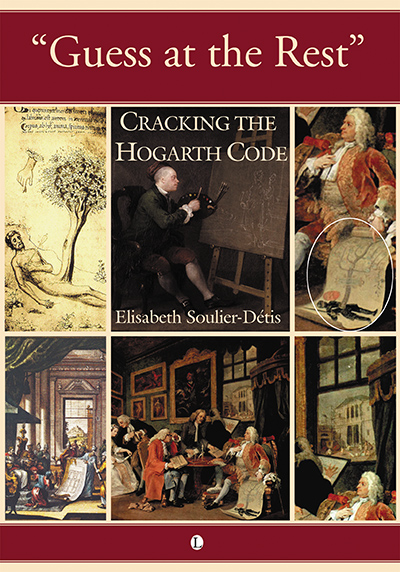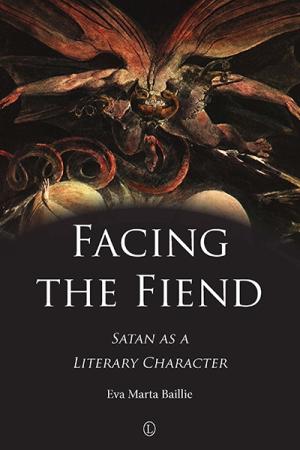Description
Employing an approach never previously utilised by Hogarth scholars, this engaging study reveals how a half-hidden thread of Masonic symbolism runs through the painter’s work. The classical and Biblical references, whose ambiguity and apparent paradoxical relation with the eighteenth-century situations depicted have often been underlined, gain coherence and unity when they are analysed within the symbolic framework of freemasonry and alchemy that Hogarth was both using and concealing in his prints. This analysis reveals a coded meaning that is often entirely at odds with the surface one, a dissonance frequently suspected but never conclusively demonstrated by previous critics. Beneath the author’s incisive eye, a veritable secret language of imagery emerges to form a coherent whole, offering an entirely new perspective on one of Britain’s most famous painters.
Guess at the Rest is a highly original and titillating book for academic and general audiences alike. Readers will be intrigued by Hogarth’s intricate weave of mythological, biblical and Masonic references and hidden codes that they form. However, even as she unearths this particular reading of the great painter and engraver, Soulier-Détis ultimately reminds us that although we may wish to think that we know Hogarth well, his dictum at the end of the caption to The South Sea Scheme will always hold true – “Guess at the rest you find out more”.






